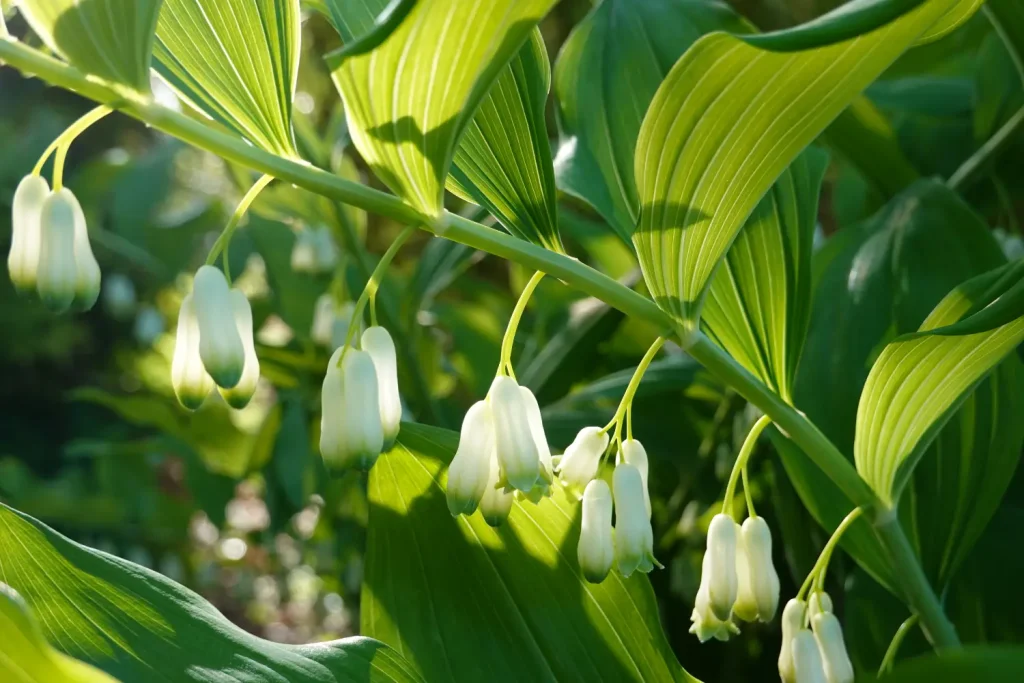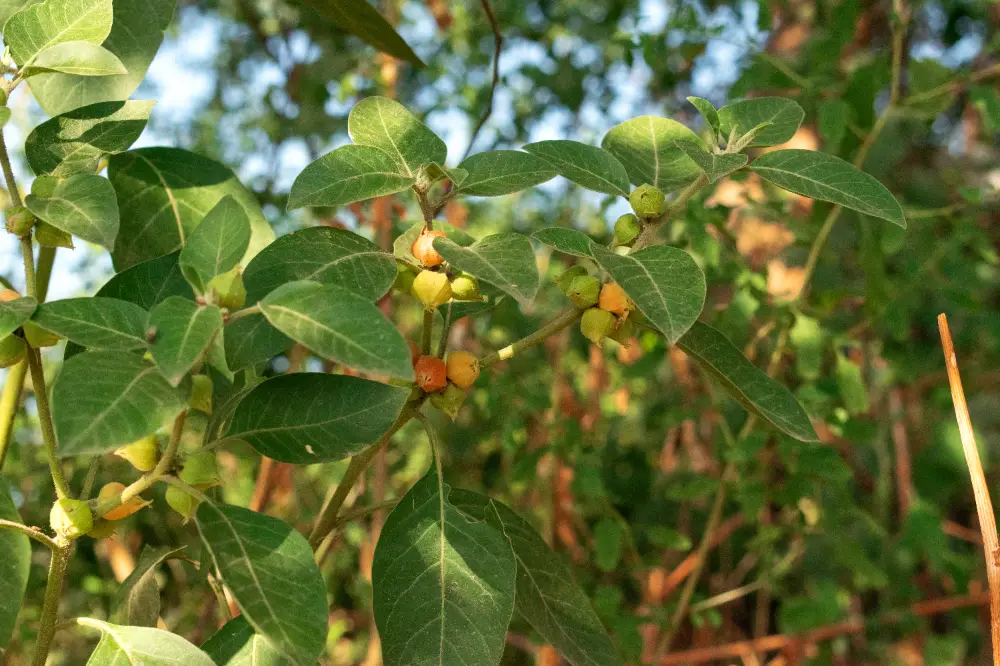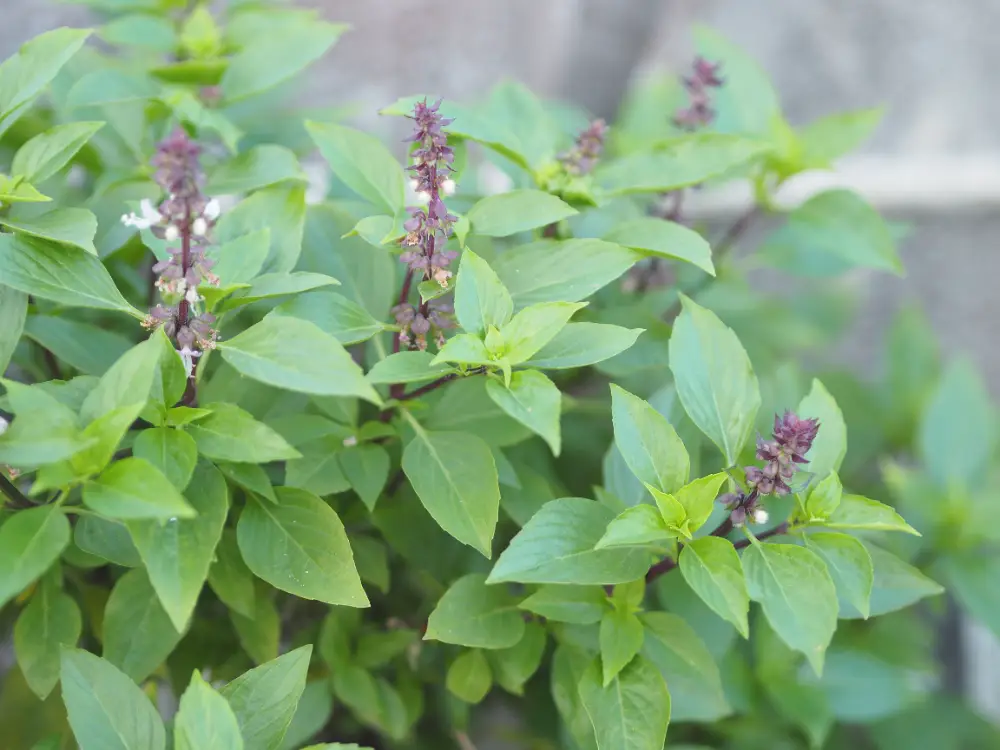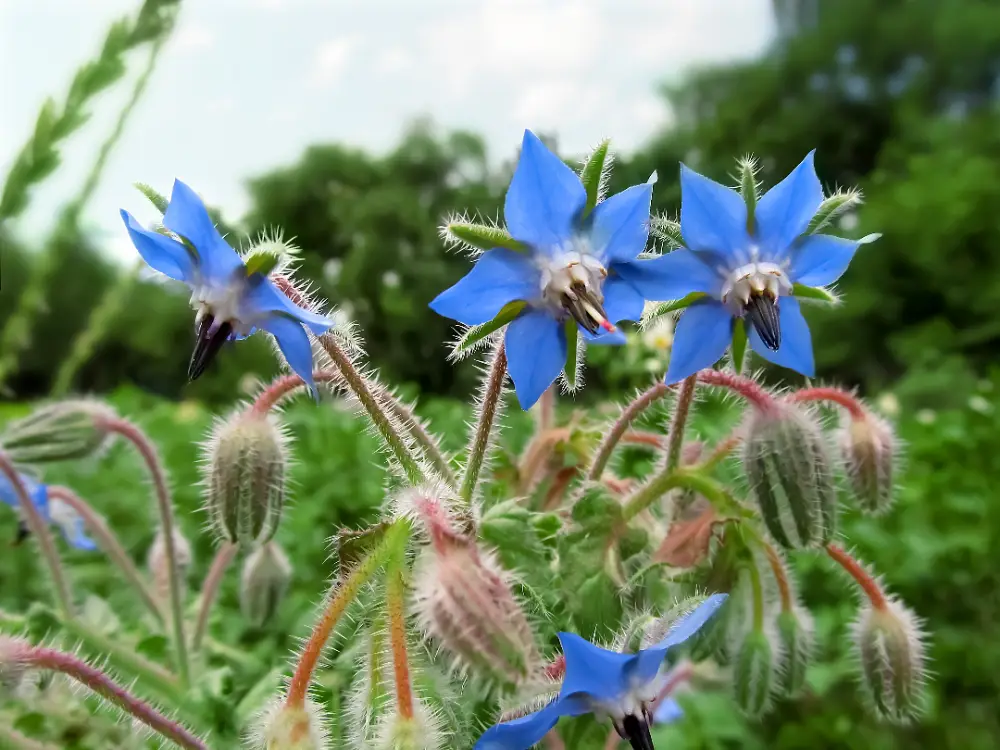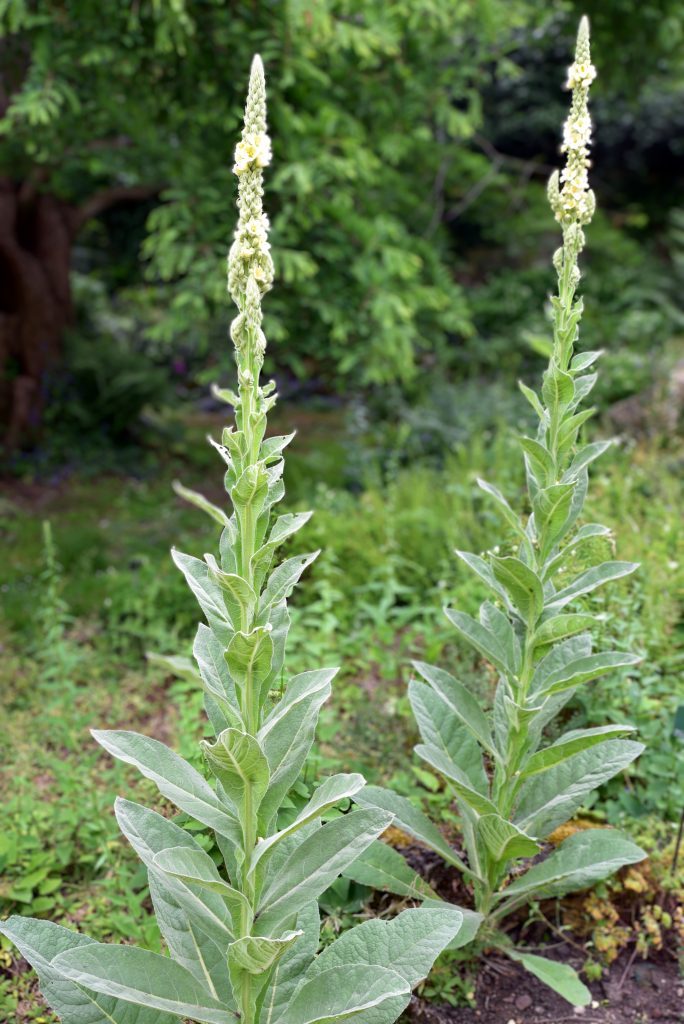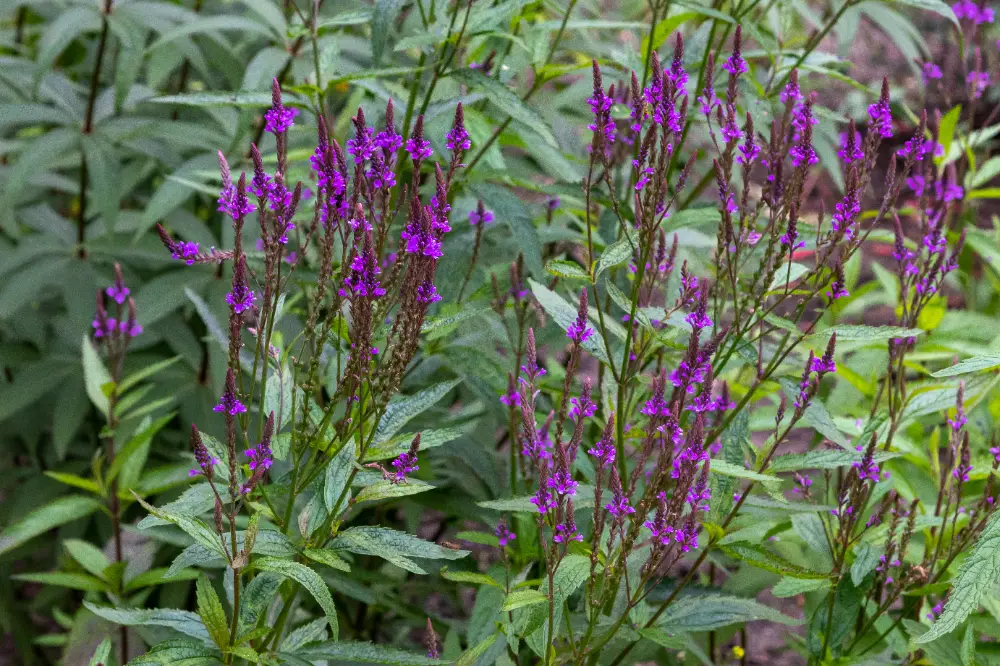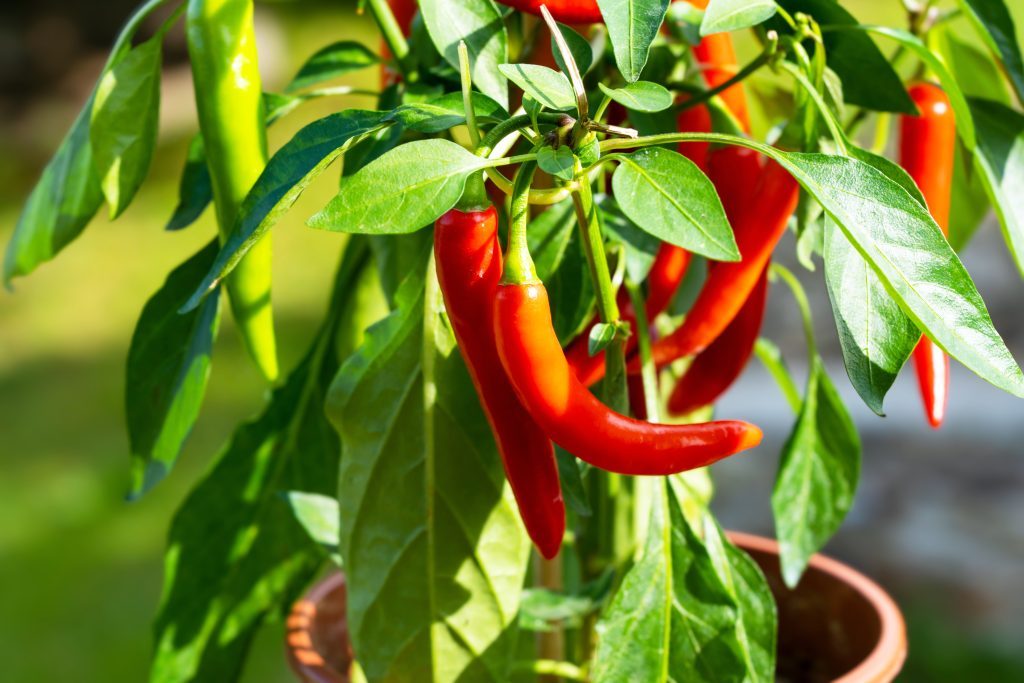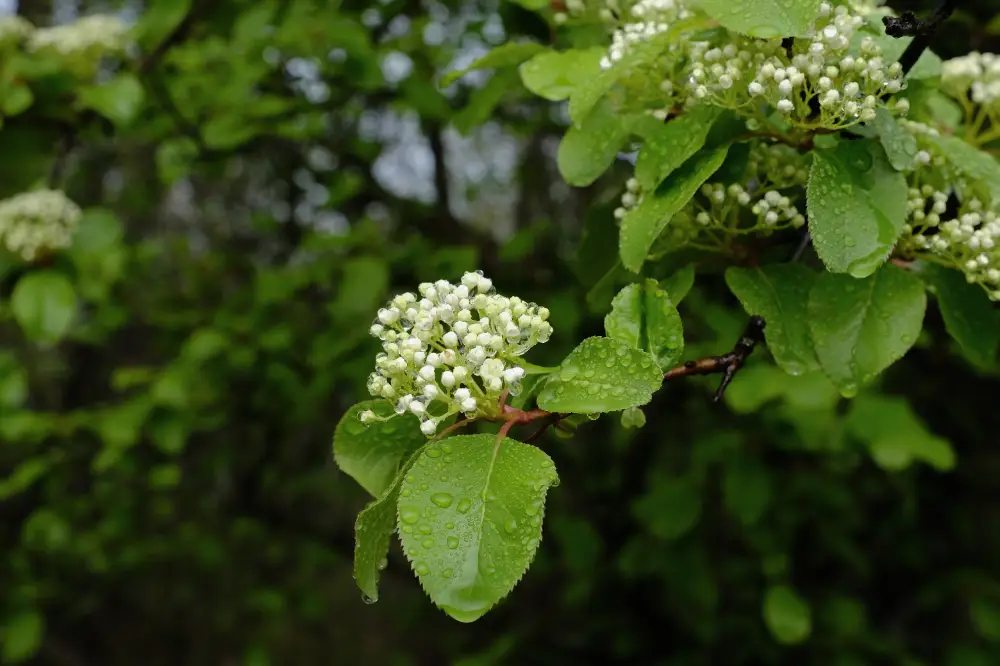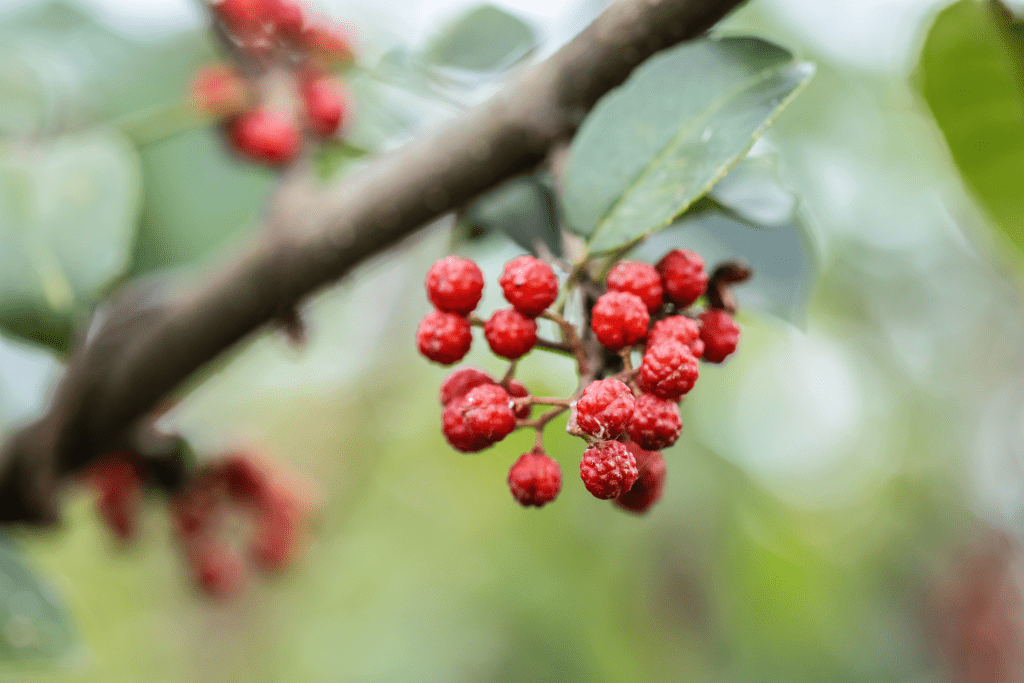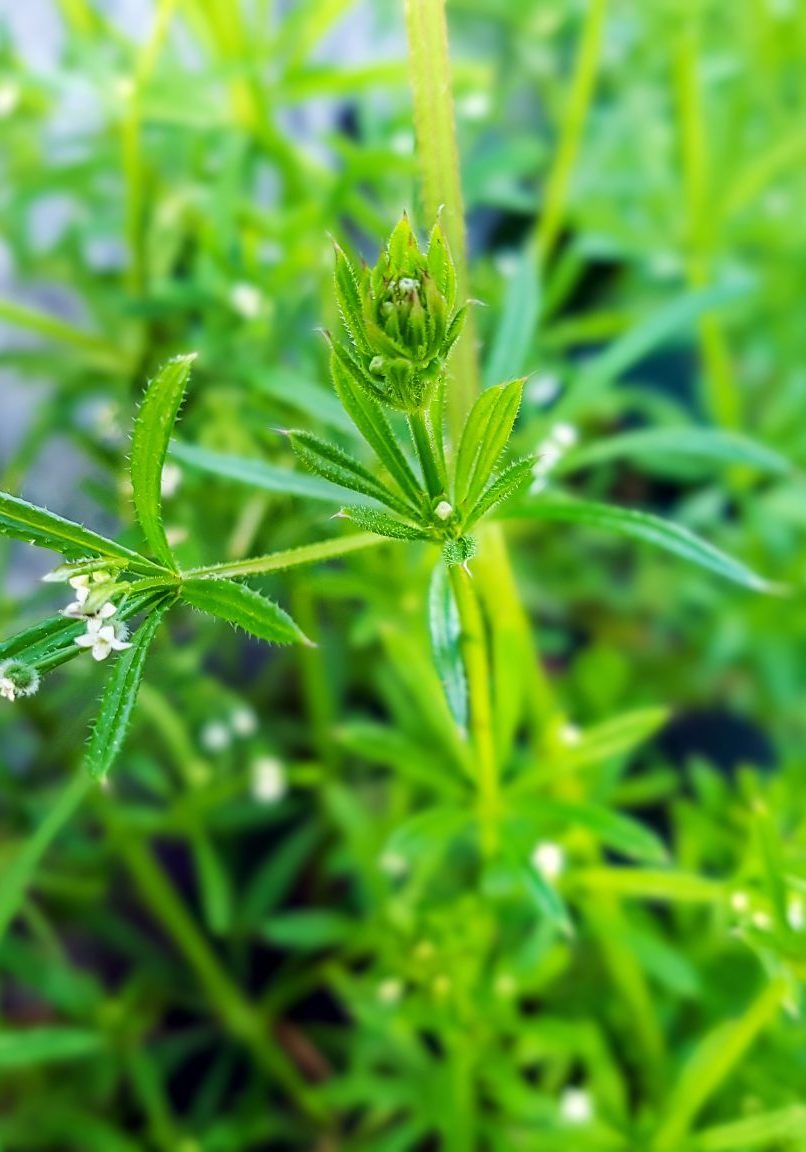
Cleavers
Galium aparine
Rubiaceae (Madder family)
A natural detoxifier known for its ability to support the lymphatic system, helping the body remove toxins and clear congested lymph nodes.
Other names:
Goosegrass, Sticky Willy, Catchweed, Bedstraw, Grip Grass, Velcro Weed, Robin-Run-the-Hedge, Scratchweed.
Superpower
Cleavers’ acts as a natural detoxifier, supporting the lymphatic system in clearing out waste and improving circulation, making it especially helpful for stagnant conditions like swollen lymph nodes, water retention, and chronic skin issues.
Uses
Cleavers have been valued for their lymphatic-cleansing properties both traditionally and in modern herbalism. Historically, cleavers were used to treat swollen lymph nodes, tonsillitis, and skin conditions such as eczema and psoriasis. This use remains relevant today, as it continues to be recognized for its ability to support the lymphatic system, aiding in the removal of toxins and reducing lymphatic congestion.
Traditionally consumed as a spring tonic to cleanse the blood, cleavers were believed to promote overall vitality and immune health. This practice continues, with modern herbalists using cleavers to purify the blood and treat skin issues like acne and psoriasis by reducing toxins that affect skin health.
Cleavers have also been long regarded for their diuretic properties, used to treat urinary tract infections, cystitis, and kidney stones. This use is still widely accepted in current herbal practice, where it is valued for promoting kidney health and supporting the body’s natural detoxification pathways.
In both traditional and current use, cleavers are primarily recognized for their detoxifying, lymphatic-moving, and skin-clearing properties. While scientific advancements have refined our understanding, its core uses remain consistent with historical practices.
Cautions
G.R.A.S., Generally Regarded as Safe.
Known Chemical Constituents
Iridoid Glycosides:
- Aucubin: Known for its anti-inflammatory and liver-protective properties.
- Catalpol: A powerful anti-inflammatory compound with potential antioxidant effects.
- Asperuloside: Exhibits anti-inflammatory and diuretic effects, supporting detoxification and lymphatic health.
Flavonoids:
- Quercetin: A potent antioxidant and anti-inflammatory agent that supports overall immune function.
- Kaempferol: An antioxidant that helps protect cells from oxidative stress and inflammation.
- Luteolin: Known for its antioxidant, anti-inflammatory, and anticancer properties.
Tannins:
- Gallotannic Acid: Acts as an astringent, helping to tone tissues and support skin and urinary health.
Coumarins:
- Galiosin: Contributes to the detoxifying and anti-inflammatory actions of cleavers.
- Cinnamic Acid: Exhibits antioxidant and antimicrobial properties.
- p-Coumaric Acid: Known for its antioxidant properties, helping to protect cells from oxidative damage.
Phenolic Acids:
- Caffeic Acid: An antioxidant that also possesses anti-inflammatory properties.
- Chlorogenic Acid: Known for its detoxifying and liver-supporting effects.
- Gallic Acid: Exhibits strong antioxidant and antimicrobial properties, supporting skin and urinary health.
- Salicylic Acid: Known for its anti-inflammatory and analgesic effects, often used in skincare for treating acne and inflammation.
Volatile Oils:
- Palmitic Acid: A fatty acid with moisturizing and protective properties for the skin.
- Hexadecanoic Acid: Another name for palmitic acid, found in the volatile oils of cleavers, contributing to its emollient properties.
Anthraquinones:
- Compounds known for their laxative and anti-inflammatory properties, contributing to cleavers’ cleansing and detoxifying action.
Alkaloids:
- Present in small amounts, these compounds can contribute to the plant’s medicinal effects, including mild pain-relieving and detoxifying properties.
Polysaccharides:
- Support immune health and promote the movement of lymphatic fluids, enhancing cleavers’ detoxifying action.
Vitamins:
- Vitamin C: A potent antioxidant that supports immune function and skin health.
- Vitamin B5 (Pantothenic Acid): Supports adrenal health and helps the body manage stress.
- Vitamin B6 (Pyridoxine): Plays a role in protein metabolism and immune function.
Botanical Description
Growth Habit:
Galium aparine, commonly known as cleavers, is a climbing annual herb that grows up to 1–2 meters in length. It has long, slender, and branching stems that are covered in tiny hooked hairs, allowing the plant to cling to nearby vegetation or structures for support.
Leaves:
The leaves are arranged in whorls of 6–8 at each node along the stem. They are narrow, elongated, and lance-shaped, with rough edges due to the tiny hooked hairs. The leaf surface is bright green, with a slightly sticky feel due to the hairs.
Stems:
The stems are square-shaped, slender, and weak, relying on surrounding plants for support. The stems are also covered in fine, hooked hairs that help the plant cling to surfaces and climb.
Flowers:
Cleavers produce small, white to greenish-white flowers that are about 2–3 mm in diameter. These flowers are star-shaped and bloom in clusters at the axils of the leaves or at the tips of the stems during the spring and early summer.
Fruit and Seeds:
The fruits are small, round burrs about 3–5 mm in diameter, covered in hooked hairs. These burrs easily attach to clothing or animal fur for seed dispersal. The seeds are small and brown, often remaining attached to the plant well after flowering.
Habitat:
Cleavers thrive in moist, shaded environments, often found along hedgerows, fields, gardens, and riverbanks. The plant prefers temperate climates and can be found across North America, Europe, and Asia.
Fun Facts
The plant has tiny hooked hairs that help it cling to other plants and animals, aiding in seed dispersal. Roasted seeds can be brewed as a coffee alternative.
Parts Used
Aerial
Harvest
Growth Habit:
Galium aparine, commonly known as cleavers, is a climbing annual herb that grows up to 1–2 meters in length. It has long, slender, and branching stems that are covered in tiny hooked hairs, allowing the plant to cling to nearby vegetation or structures for support.
Leaves:
The leaves are arranged in whorls of 6–8 at each node along the stem. They are narrow, elongated, and lance-shaped, with rough edges due to the tiny hooked hairs. The leaf surface is bright green, with a slightly sticky feel due to the hairs.
Stems:
The stems are square-shaped, slender, and weak, relying on surrounding plants for support. The stems are also covered in fine, hooked hairs that help the plant cling to surfaces and climb.
Flowers:
Cleavers produce small, white to greenish-white flowers that are about 2–3 mm in diameter. These flowers are star-shaped and bloom in clusters at the axils of the leaves or at the tips of the stems during the spring and early summer.
Fruit and Seeds:
The fruits are small, round burrs about 3–5 mm in diameter, covered in hooked hairs. These burrs easily attach to clothing or animal fur for seed dispersal. The seeds are small and brown, often remaining attached to the plant well after flowering.
Habitat:
Cleavers thrive in moist, shaded environments, often found along hedgerows, fields, gardens, and riverbanks. The plant prefers temperate climates and can be found across North America, Europe, and Asia.
Preparations
- Infusion (Tea):
The fresh or dried plant is steeped in hot water to create a tea that supports lymphatic cleansing and urinary health. Cleavers tea is commonly used as a gentle diuretic and detoxifying agent. - Tincture:
Cleavers can be extracted in alcohol or glycerin to create a tincture. This is a convenient way to preserve and use the herb for lymphatic support, especially in chronic conditions like swollen glands or skin issues. - Juice:
Fresh cleavers can be juiced, providing a highly potent extract rich in nutrients and detoxifying properties. Juicing is often used for acute detox or as a spring tonic. - Poultice:
The fresh plant can be crushed and applied externally as a poultice to treat skin irritations, wounds, and inflammation. It can help soothe the skin and reduce swelling. - Capsules or Powder:
Cleavers is available in powder or capsule form for easy internal use. This method is often chosen for regular lymphatic and urinary support. - Infused Oil:
Cleavers can be infused into oil to create a topical application for skin issues such as rashes, eczema, and psoriasis.
Sacred Rituals
Due to its clinging nature, cleavers were sometimes woven into wreaths or crowns during spring festivals to symbolize the interconnectedness of all living things. Worn during seasonal celebrations, these wreaths were said to promote community bonding and protection.
Affirmations
“I release what no longer serves me, allowing energy to flow freely through my body and spirit. I embrace renewal, trusting in the natural cycle of cleansing and growth.”
Spiritual Associations
Cleavers is associated with purification, healing, and protection. It symbolizes the ability to cleanse and clear both physically and spiritually, making it a powerful ally in rituals of detoxification and renewal.
Functions
An alterative is an herb or substance that gradually and gently improves the function of the body, often by enhancing the body’s natural detoxification and elimination processes, thereby promoting overall health and vitality.
Anti-inflammatoryA substance or agent that reduces inflammation in the body, soothing irritation, swelling, or redness in tissues.
Digestive & Elimination Health
The overall well-being and optimal functioning of the digestive system, which includes the gastrointestinal tract, liver, pancreas, and other supporting organs. It encompasses the processes of breaking down food, absorbing nutrients, and eliminating waste, as well as maintaining a healthy balance of gut microbiota.
DiureticA diuretic is a substance that promotes the increased production and excretion of urine, helping the body eliminate excess fluids and salts through the kidneys.
LymphaticA lymphatic is a substance that stimulates or supports the flow of lymph, aiding in the removal of waste, toxins, and excess fluids from the body while enhancing immune function.
Lymphatic Disorder TreatmentLymphatic disorder treatment refers to interventions or therapies that address imbalances or dysfunctions within the lymphatic system, supporting proper lymph flow, detoxification, and immune function.
Skin, Hair & Nail HealthRefer to a variety of disorders or irritations affecting the skin, including rashes, dryness, inflammation, infections, or chronic issues like eczema and psoriasis.
VulneraryA substance that promotes wound healing, helps repair damaged tissues, and aids in the recovery of cuts, scrapes, burns, or other skin injuries.


